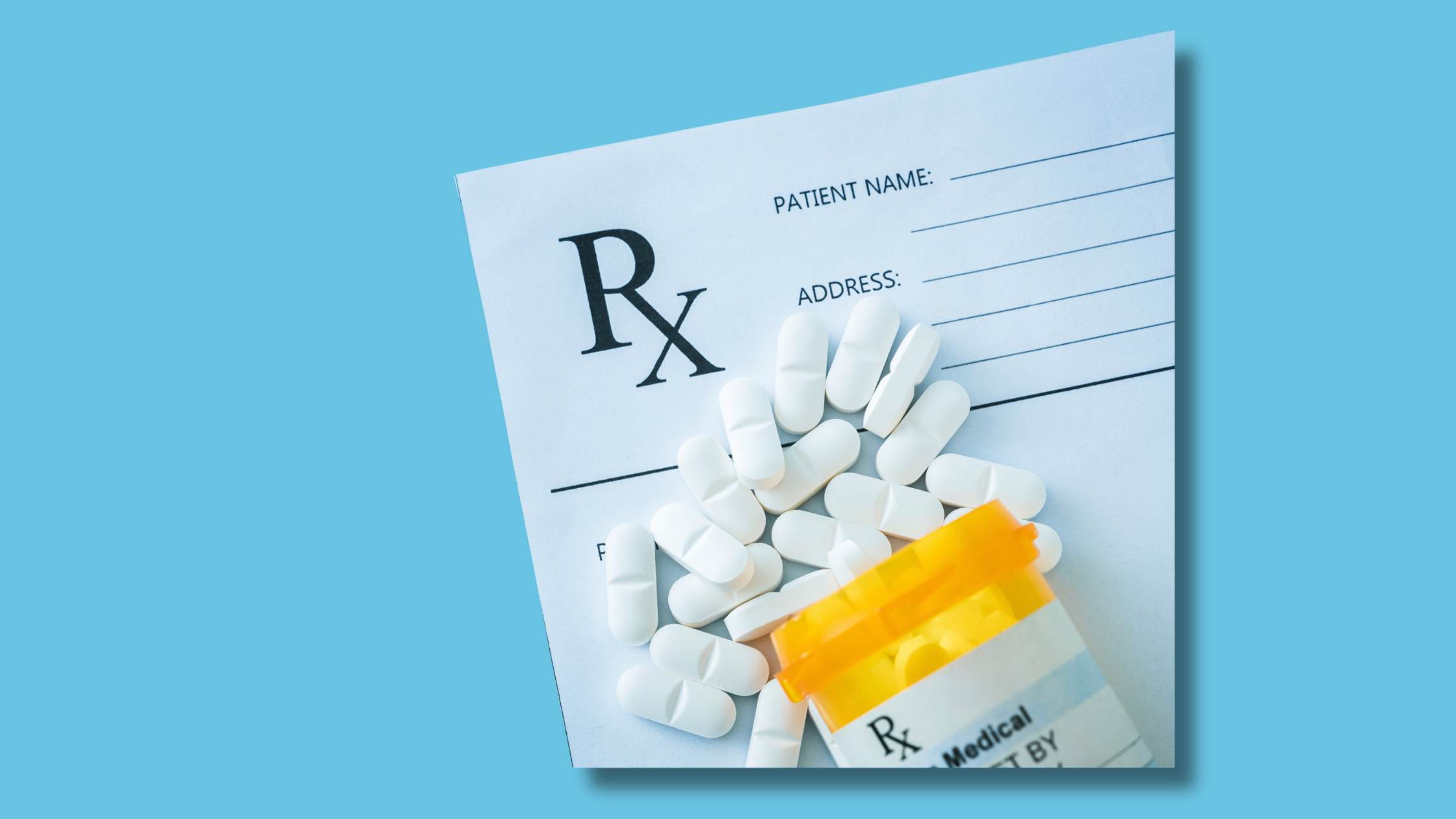Research shows there are several ways to lower the chance of getting breast cancer. These evidence-based strategies are even effective at reducing risk for people with moderate or high risk from biologically driven factors, such as genetic mutations or dense breasts. One strategy is taking a medication called Tamoxifen. Tamoxifen is used to treat some breast cancers, prevent their recurrence, and help lower the risk of breast cancer in women who haven’t been diagnosed but are considered high risk. Tamoxifen is not recommended for everyone, just those at a high enough risk level.
How does Tamoxifen reduce risk?
Some breast cancer cells need estrogen (a female hormone) to grow. Tamoxifen works by preventing estrogen from attaching to breast cancer cells, and therefore not letting them grow. It is known as a Selective Estrogen Receptor Modulator (SERM). Tamoxifen can also help reduce risk by lowering breast density (density is a known risk factor for breast cancer). Tamoxifen is currently the only risk reducing medication approved for use in pre-menopausal women.
What is low dose tamoxifen?
Low dose tamoxifen, also known as baby tam, is tamoxifen taken in a smaller amount. The standard dosage of tamoxifen is 20 milligrams. Low dose tamoxifen is given at a dosage of 5 milligrams. Baby tam is shown to be effective at reducing risk with less side effects.
What are the side effects of Tamoxifen?
Some individuals who have taken tamoxifen at the standard dose have reported symptoms similar to those in menopause such as hot flashes, night sweats, cold sweats, skin rashes, vaginal discharge, weight loss, irregular periods, and muscle cramps. Though rare, it can cause serious adverse events such as stroke, or blood clots, and in postmenopausal women, endometrial cancer. The risk of adverse events is reduced when taking low dose tamoxifen in comparison to the full dose.
Women who are pregnant should not take tamoxifen. Also, women should not take tamoxifen for 3 months prior to getting pregnant.
Most people tolerate a low dose of tamoxifen very well and do not notice any significant changes after a month. Every individual should assess how they feel while taking the medication. If the medication causes significant side effects, it can be discontinued, and the risks and benefits reassessed with your provider.
Why take low dose tamoxifen over standard dose tamoxifen?
Low-dose tamoxifen shows a very similar ability to decrease breast cancer risk as the standard dose, while also causing fewer side effects and fewer adverse events (such as deep vein thrombosis, endometrial polyps, cataracts, or pulmonary embolisms).
Why take a medication when you can get a mammogram?
The goals of prevention (i.e. taking baby tam) and screening (i.e. routine mammograms) are different. Primary prevention attempts to reduce both your short-term and your lifetime risk of ever developing breast cancer, whereas screening attempts to find potentially harmful changes in your body (i.e. cancers) after they have already developed.
For most women under the age of 40, the risk of breast cancer is low, and thus screening would not provide a great added benefit. Women under the age of 40 also tend to have higher breast density. Unfortunately, mammograms are not as effective in detecting breast cancer in dense breasts because dense breast tissue and cancerous tumors both appear as white areas on the mammogram, making it difficult to distinguish between the two, and potentially causing a tumor to be missed. Because tamoxifen has been shown to reduce density of breast tissue over time, it can make mammogram screening more effective for high-risk women with dense breasts.
Screening tools such as mammogram have risks and benefits. Potential risks include increased false positives (when a mammogram shows an abnormality that appears suspicious for cancer, but after further testing, like a biopsy, it is determined that no cancer is present), which can lead to unnecessary procedures, anxiety and stress. Screening also does not prevent women from developing breast cancer.
Tamoxifen has an additional, long-term benefit: it continues to help reduce your risk even after you’ve stopped taking it. It is similar to taking statins for high cholesterol; even if you are unlikely to develop a heart attack or stroke now, taking the medication now can reduce the risk of negative cardiovascular outcomes in the future, which is preferable to having to find and treat these issues later. In the same way, some breast health experts recommend taking tamoxifen now, to lower your risk of developing breast cancer down the road.
Women who are younger when they start tamoxifen seem to have the greatest and most durable benefit. Taking risk reducing medication when you are younger is also important because the risk ratio is highest when you are younger—that is, you will likely experience more benefits and less chance of side effects.
What are the next steps if you’re interested in taking low dose tamoxifen?
If you believe you are a candidate for taking low dose tamoxifen and you are in the WISDOM Study, we highly recommend bringing your screening assignment letter, your genetic test results, and your breast health decisions tool summary, to your primary care provider or OBGYN to discuss a prescription of low dose tamoxifen. If you are not a WISDOM participant you should schedule an appointment with your primary care provider, OBGYN, or a high-risk genetic counselor to evaluate your breast cancer risk and decide whether tamoxifen is a good option for you. It is important to discuss other medications (prescription or over the counter) that you are taking with your physician before making the decision to start tamoxifen.
Where can I learn more?
You can learn more about tamoxifen at the following resources:
https://www.breastcancer.org/research-news/low-dose-tamoxifen-after-non-invasive-dx
https://pubmed.ncbi.nlm.nih.gov/36917758/



